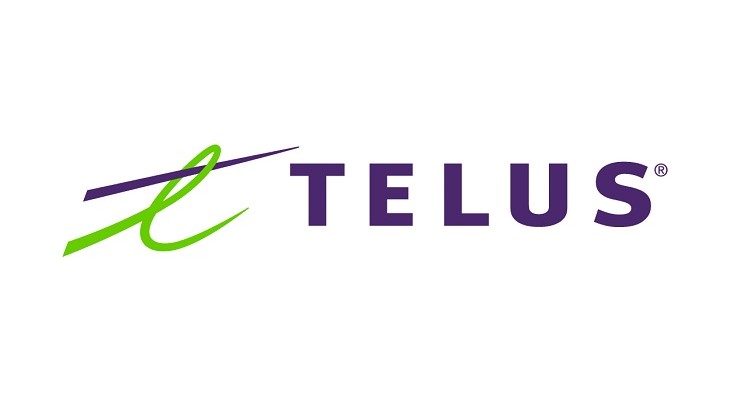
By Ahmad Hathout
Telus is the last of the three largest telecoms to report Thursday a higher rate of customer turnover in its mobile wireless business.
The Vancouver-based telecom pointed to aggressive retail pricing in the second half of 2023 that seeped into the first quarter as having an outsized impact on the defection rate this quarter, which was up to 1.13 per cent compared to the 0.9 per cent it held in the same period last year.
Telus prides itself on its low churn, as for years it held the distinction of being able to tout a sub-1 per cent rate in its mobile wireless segment. But this has been a trying time for its two main competitors as well, whose top brass told analysts on their respective first-quarter calls that the higher rate of customer defections is “concerning.”
Telus also saw a 1.8 per cent decrease in the segment’s monthly average revenue per user to $59.31. It added 45,000 net new mobile wireless subscribers, 2,000 fewer than in the comparable period last year. The total subscriber base by the end of March was up 4.7 per cent from the same period last year to 9.8 million.
Telus also said it has seen pressure on its internet ARPU, which was flat year-over-year as compared to growth in the prior year.
But like Bell and Rogers, Telus says it has a mitigation strategy – and not unlike Bell and Rogers, it involves getting customers on the premium brand and bundling.
“There is competitive pressure in the market,” Zainul Mawji, president and executive vice-president of Telus Consumer Solutions, said on the company’s first quarter conference call with analysts Thursday.
“We’ve been able to grow based on the volume of our growth; you’ve seen that come through in the overall fixed data revenue,” Mawji said, pointing to an increase of 2.7 per cent in fixed data services revenue to $1.16 billion. “The ARPU similar to wireless is under significant pressure. We are seeing customers continue to step up to higher broadband speeds and we are seeing customers continue to value our fibre capabilities.
“What’s really important there, as well, is that our pure fibre churn on high-speed is well under 0.9 [per cent]. So, we’re continuing to see resonance in the market with our offering. But at the lower-end of the market and for the customers that are willing to make the switch, there is an ARPU pressure.”
One culprit for the uncomfortable competitive environment is Quebecor, which has held a significantly lower ARPU on mobile wireless compared to its peers. As we have reported, Quebecor executives said the prolonging of what traditionally looks like promotional-period pricing is a strategy to bring customers in and then upping the allure with bundled offers. Quebecor said it plans to bundle Freedom with a wholesale-based internet service at some point.
Back to Telus: The higher churn puts into focus the telecom’s strategy of aggressively bundling products to retain the base. The telco has over the years been building a diversified portfolio of such products, giving it latitude in that bundling aspect.
Its Koodo flanker brand, for example, launched the Happy Stack, which packages internet, wireless and its unique Stream+ streaming services product for $99 per month. Telus is also launching Koodo in more provinces.
The telco added 30,000 new internet customers in the quarter, 5,000 less than in the same quarter last year. The total base by quarter-end sat 5.5 per cent higher at 2.66 million.
On television, it added 19,000 customers in the quarter, 10,000 higher than in the equivalent period last year. The total subscriber base by quarter-end was 1.3 million, down 1.3 per cent.
Landline losses were 8,000 this quarter, the same number in the equivalent period, for a total base of 1.06 million – down 2.8 per cent from the equivalent period.
Connected devices, a growing segment of the company, saw 101,000 net new subscribers in the quarter, up 75 per cent over the year. The total base was up 23 per cent to 3.2 million.
Net new security subscribers were flat at 22,000 this quarter for a total base of roughly 1.1 million, up 7.8 per cent from last year.
Total operating revenues were $4.9 billion, down 0.6 per cent compared to the same period last year. Net income was down 37.5 per cent to $140 million compared to the $224 million it saw in the same period last year. The losses were attributed to various factors, including higher depreciation and amortization from network leases, business acquisitions, and increased expansion of the broadband footprint.



